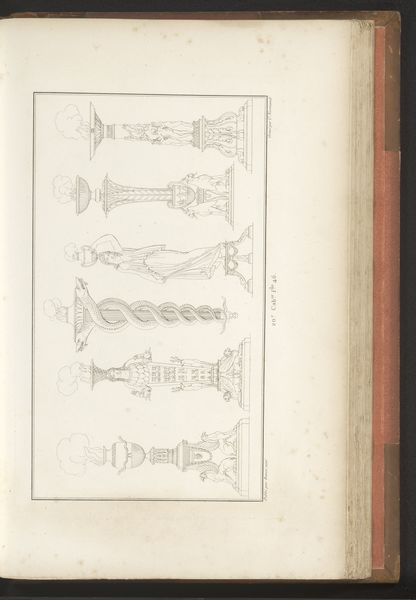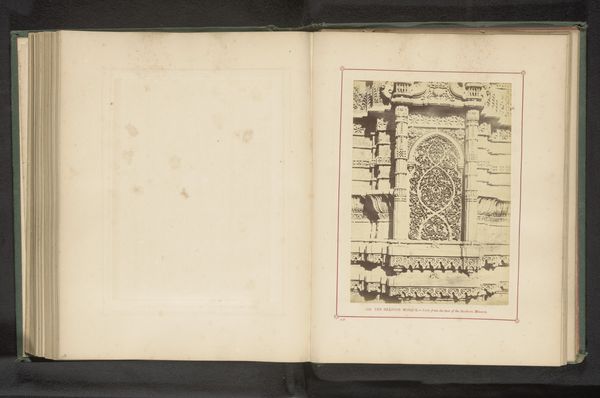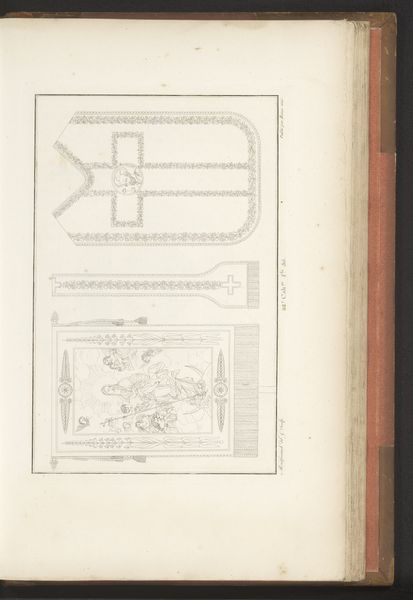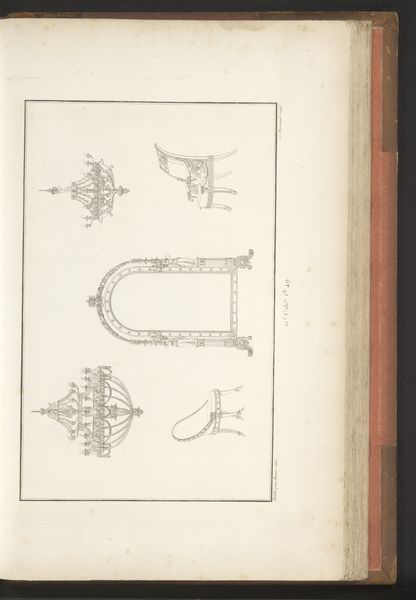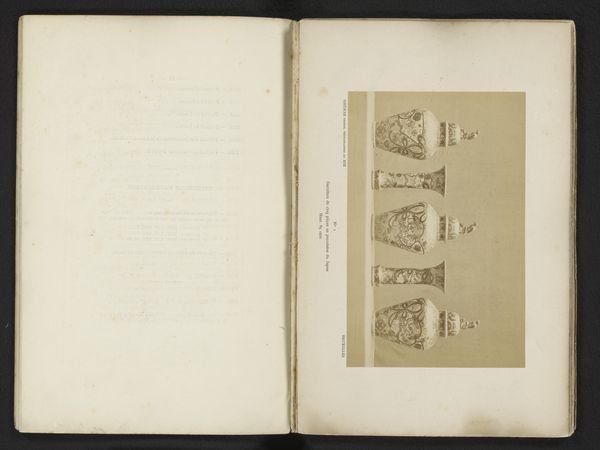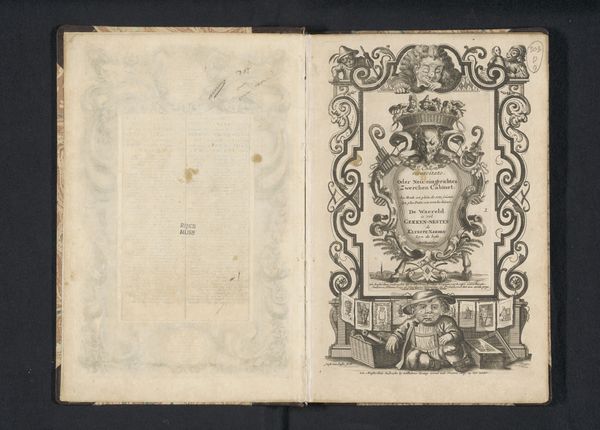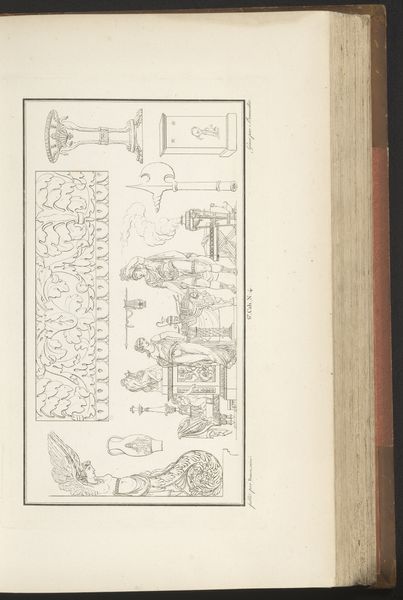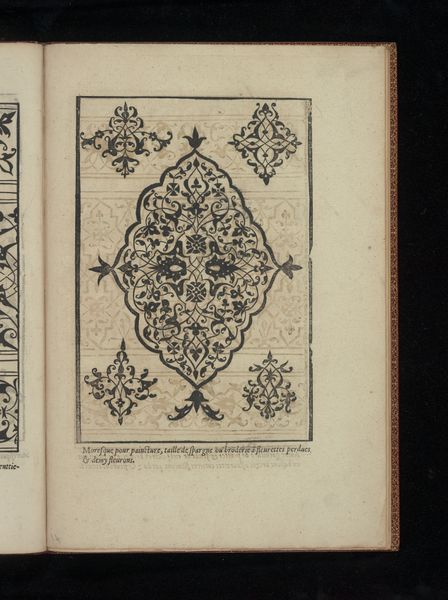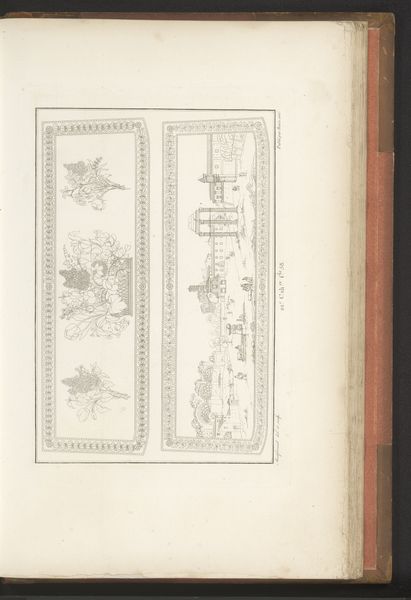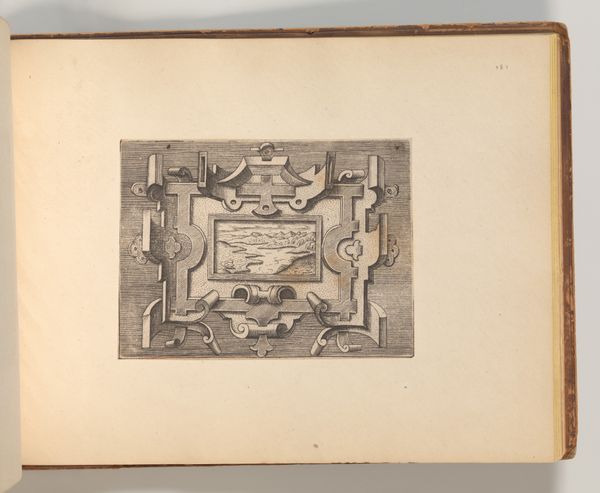
Reproductie van schetsen van details voor het kinderziekenhuis te Finsbury before 1889
0:00
0:00
drawing, paper, pencil
#
drawing
#
aged paper
#
homemade paper
#
sketch book
#
hand drawn type
#
paper texture
#
paper
#
personal sketchbook
#
hand-drawn typeface
#
journal
#
pencil
#
sketchbook drawing
#
history-painting
#
sketchbook art
Dimensions: height 192 mm, width 285 mm
Copyright: Rijks Museum: Open Domain
Curator: Here we have, from before 1889, "Reproductie van schetsen van details voor het kinderziekenhuis te Finsbury" credited to Sprague and Co. It’s a reproduction of sketches, made using pencil on paper, seemingly from an architect’s journal. Editor: The composition immediately strikes me as elegant, even whimsical. The floral details interwoven with architectural elements create a delicate balance between structure and ornamentation. It feels inherently symbolic, don't you think? Curator: It is fascinating to see design elements intended for a children's hospital. What does it say about Victorian ideals that even institutions meant to house the vulnerable are embedded within social power structures? The act of drawing itself—the careful planning made evident through hand-drawn lines, cross-hatching, and notations—speaks volumes about labour and intentionality involved in such projects. Editor: Precisely. I see the cross as carrying powerful connotations: notions of care, but also perhaps mortality, given the setting. The intertwined flora is an old symbol, a representation of growth, healing, and cyclical time. Considering the audience of this building – sick children – there could also be meanings linked to Christian stories. Curator: Looking closely at the texture of the aged paper, and considering the processes available for reproducing sketches at this time by Sprague & Co., I am wondering what materials the artisans and manufacturers of the hospital components would have had access to, or which compromises had to be made to adapt design to their physical surroundings. Editor: The way the page has aged itself creates another layer to the symbolic meanings we can infer. It serves to amplify the ideas about vulnerability we spoke of previously. It’s not simply the visual symbols that are suggestive but also how time has affected its state and surface, the physical qualities adding meaning. Curator: Considering how labor-intensive the production and distribution of blueprints could be, seeing these designs gives you some idea of the planning and logistics that went into constructing something even seemingly simple. I like considering where this book might have travelled to next. Editor: For me, this is a beautiful encapsulation of care and craft – a symbolic dialogue in pencil and paper between the imagined hospital of dreams and that of the real world. Curator: Indeed, by understanding what shapes an environment on paper, it informs our interpretations on how institutions shaped lives, labour and society.
Comments
No comments
Be the first to comment and join the conversation on the ultimate creative platform.
